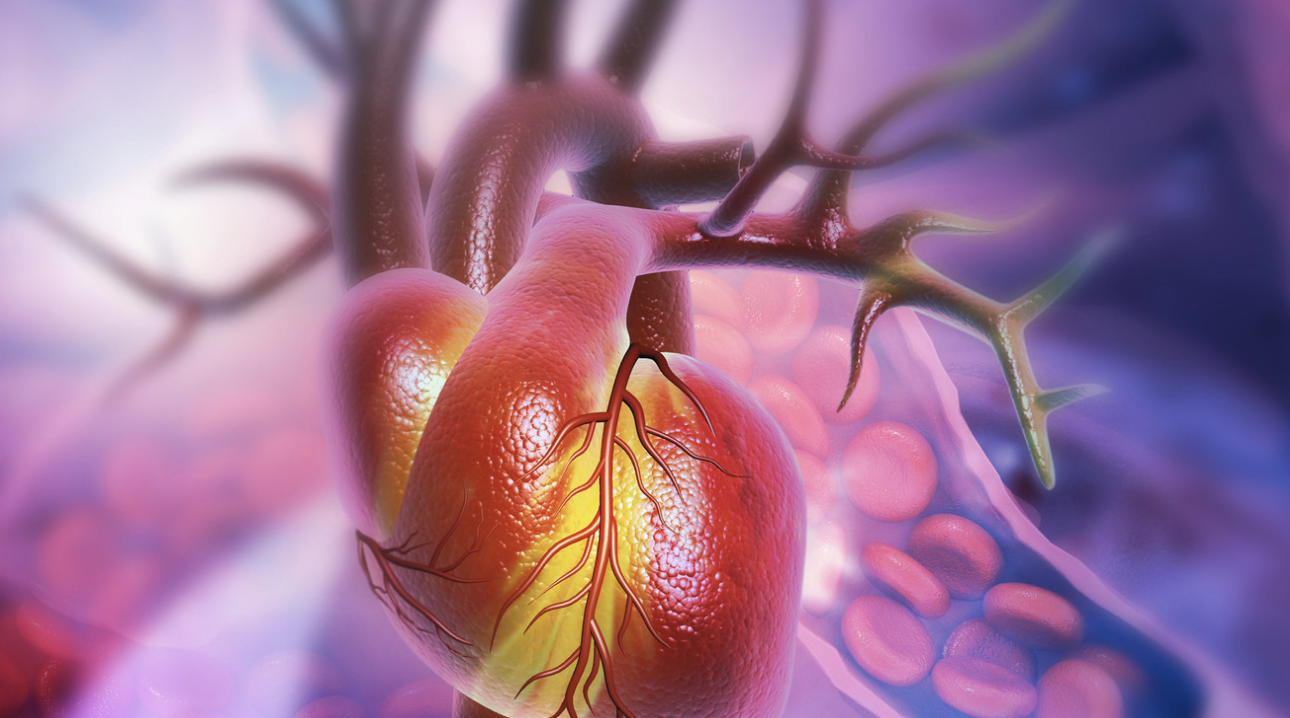A healthy adult heart can pump about five liters of blood per minute when at rest. Over the course of a day, a week, a year, that adds up to a significant amount of blood that helps transfer oxygen and nutrients to the rest of your body to help it function normally.
When you discuss blood flow and general heart health with your doctor, you’ve probably heard about the dangers of high cholesterol and hypertension. However, there is another disease affecting about 18 million people in the United States right now that can cause serious problems if left untreated. It is known as Peripheral Artery Disease (PAD), and although it is relatively common, many people go about their daily lives with no idea they suffer from it.
PAD causes insufficient blood circulation to limbs, muscles, and other parts of the body. This can lead to symptoms like:
- Pain, aching, throbbing, or cramping in the legs, thighs, or hips. Sometimes the pain will subside when resting, which is known as intermittent claudication.
- Difficulty walking
- Sores on the legs or feet that don’t go away
- Cold sensations in limbs
- Hair loss
- Leg discoloration
- Erectile dysfunction in men
These symptoms may be related to an entirely different condition, but they generally indicate something is wrong with the circulatory system. If any of these symptoms persist, consult a doctor so that PAD can be identified or ruled out.
PAD is potentially life-threatening if left untreated, just like heart disease or high blood pressure. Circulation problems can sometimes lead to amputation, heart attack, or stroke. A doctor looking to diagnose PAD in a patient will conduct a variety of tests, including toe pressures, multiple types of ultrasounds, and an ankle-brachial index (ABI). All of these tests are non-invasive, but they allow a doctor to pinpoint any blockages in the circulatory system.
Lifestyle changes and medication can sometimes be enough to treat PAD and help a patient return to a normal life. Minimally invasive endovascular procedures will sometimes have a positive effect on patients, too. Open vascular surgery unfortunately may be necessary for more serious cases of PAD.
Generally speaking, men who are at least 50 years old are at higher risk of developing PAD during their lives. High blood pressure, diabetes, high cholesterol, obesity, sedentary habits, smoking, and genetics may also cause PAD.
The prognosis is positive for people who suffer from PAD if they notice the signs early and consult a doctor as soon as possible. A proactive approach to the disease will allow doctors to take less extreme measures and possibly reverse the effects of PAD.
This article is for informational purposes only. If you have any questions about your specific health situation, please consult your primary care physician.
Sometimes patients need to see a specialist for their condition. Maryland Vascular Specialists offer a variety of innovative services that may be able to help you. Find out if you’re at risk for Peripheral Artery Disease by taking this online questionnaire.



